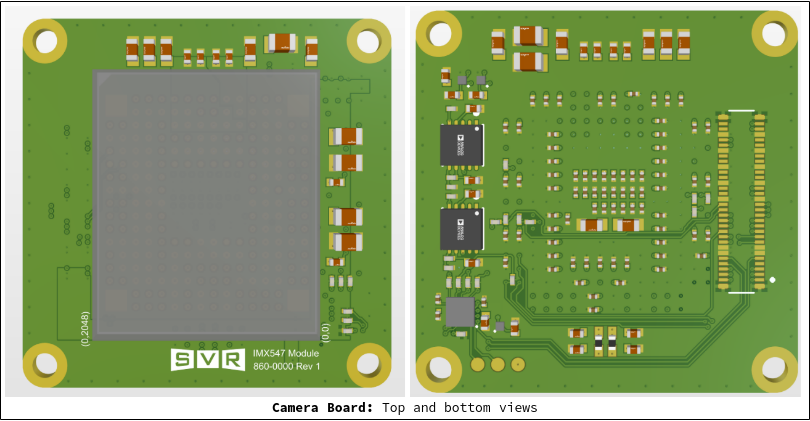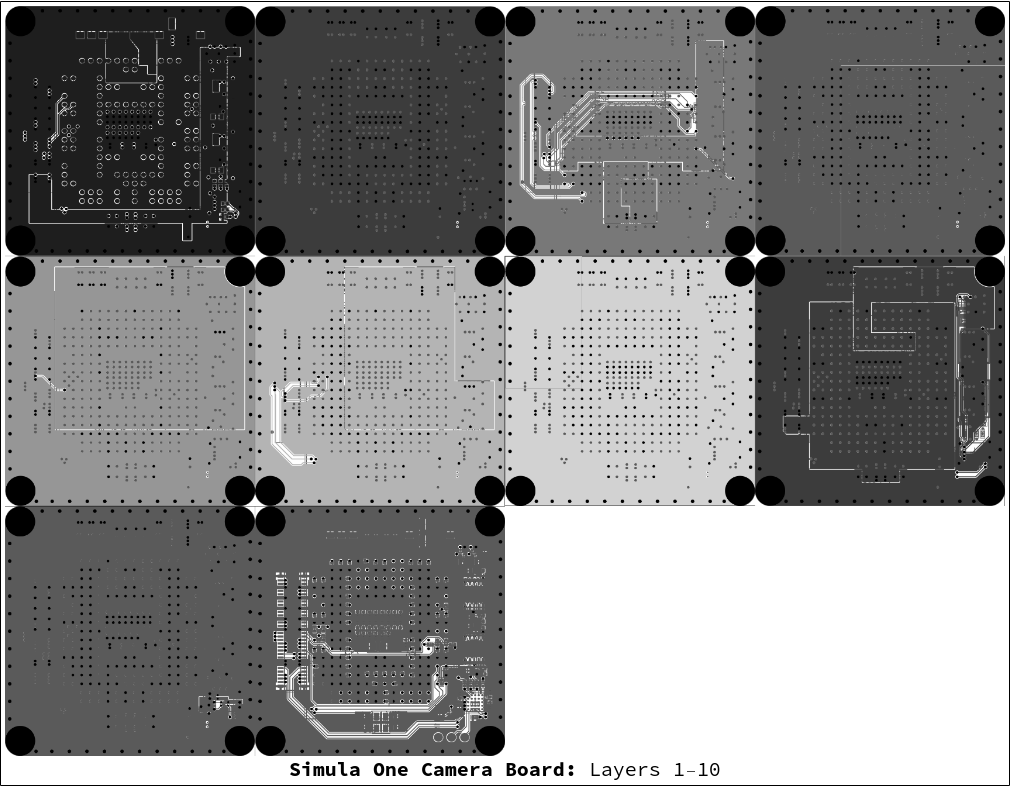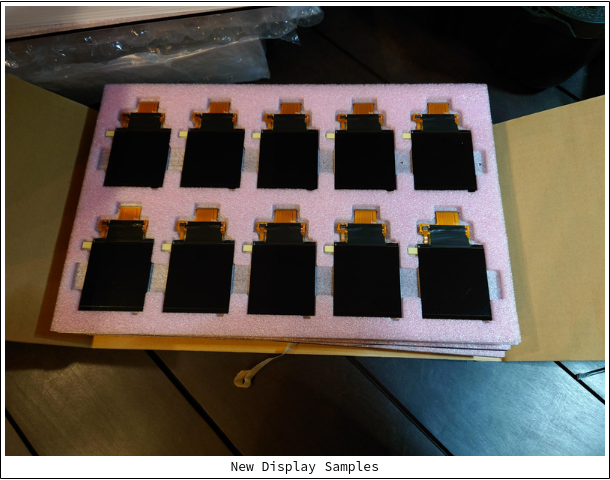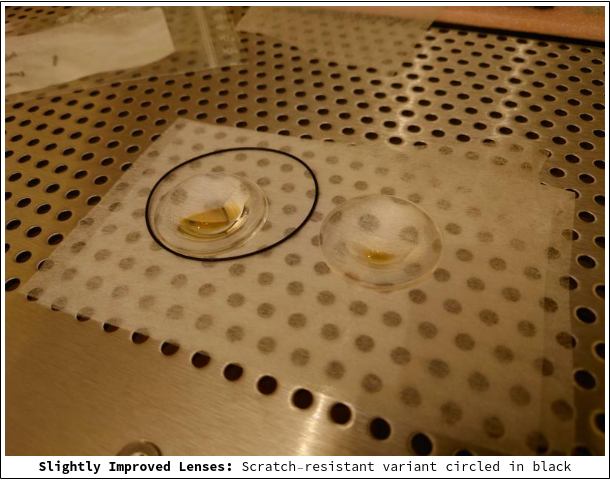As we outlined in Camera Considerations: Resolution, Bandwidth, & Latency, our final headset will have two Camera Boards (one for each eye) in order for us to implement Simula's AR Mode.
We recently finished designing our Camera Board, and have just sent it off to our PCB fab. Recall that our Camera Board is the PCB which houses our camera sensor (Sony IMX547). The camera sensor in turn transmits image data to an FPGA for image processing, before the processed image data is ultimately sent to our compute unit and rendered into our VR Desktop.
Here are the final Camera Board board renderings (front & back views):

And here are the layers in between:

Camera Boards: Next Steps
After our Camera Boards are fabricated, we'll send them off to PCBA, and then begin integration tests. The main challenges will be:
- Bandwidth constraints. We have to ensure our camera image data doesn't exceed any bandwidth limitations. For our first attempt, we'll avoid using image compression (and hopefully won't have to, since doing so uses up host resources to decompress the image data).
- Latency constraints. We also need to ensure that our AR Mode operates with low enough latency (ideally <20ms). Earlier this year, we ran a back of the napkin estimate that our camera system's latency would be around ~15ms. It will be interesting to see how close we come to that initial estimate.
Other Things
We recently received a new batch of ever-so-slightly improved display samples from Sharp:

as well as a set of slightly upgraded lense samples (which add a scratch-resistant coating):

Otherwise, we continue to refine our exterior headset design (e.g., improving lens fit & working on auto IPD).